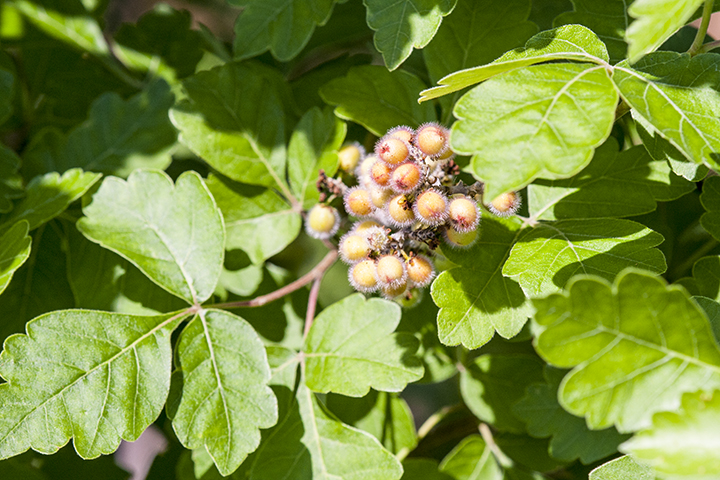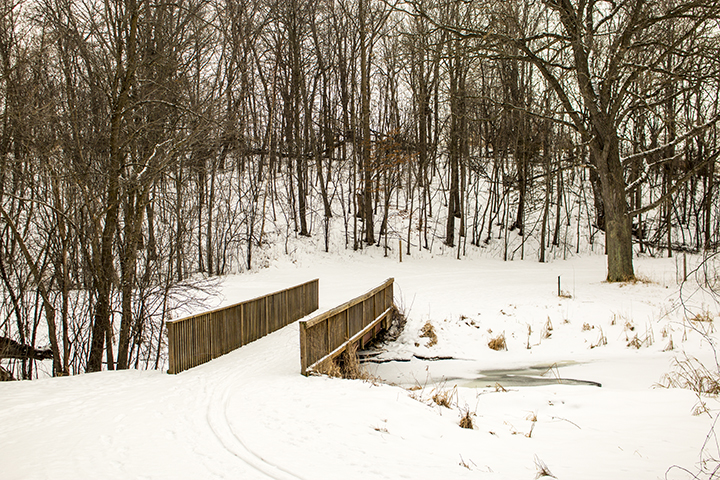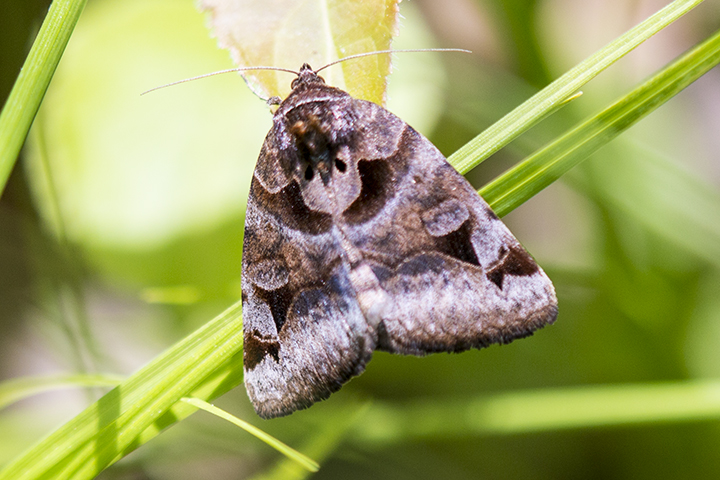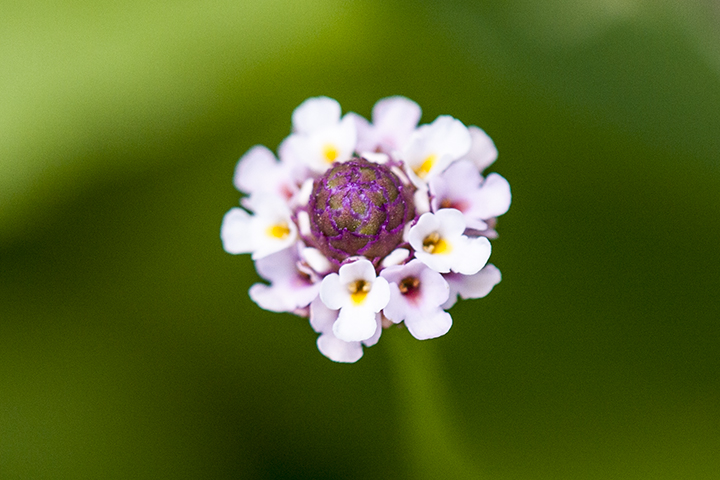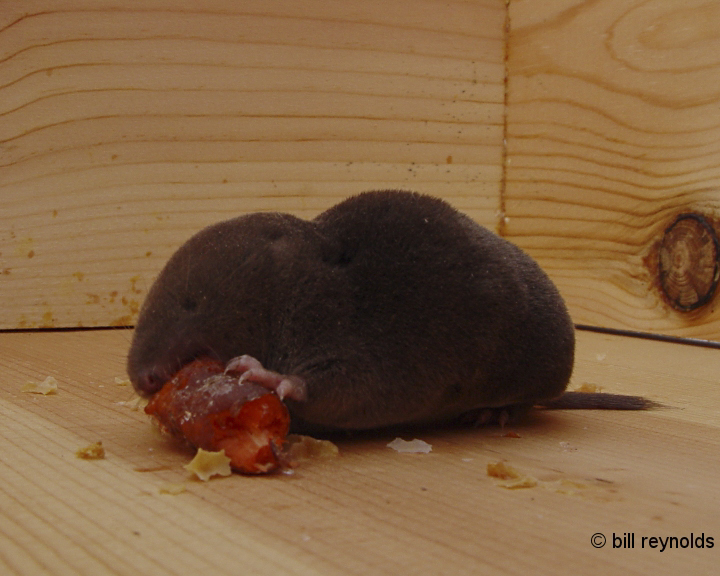Fragrant sumac (Rhus aromatica var. aromatica) is common in eastern and central United States from Connecticut to Kansas south to Georgia and Texas. In is uncommon in the upper Midwest. It is native to Minnesota but has been recorded only in Goodhue and Winona Counties. It is sometimes used for stabilizing embankments. The low-growing cultivar Gro-Lo is sold as an ornamental shrub.
Fragrant sumac is found in prairie ravines, open hillsides, woodland edges and openings, and sand dunes. In April and May it produces small clusters or greenish-yellow flowers. In late summer these turn into clusters of hairy, bright red berry-like fruits. Stems and leaves, when crushed, have an odor which has been variously described as citrussy, pleasantly bittersweet, very unpleasant, and malodorous.
Fragrant sumac is easily distinguished by its leaves with only 3 leaflets. Smooth sumac and staghorn sumac both have leaves with 11 to 31 leaflets.

